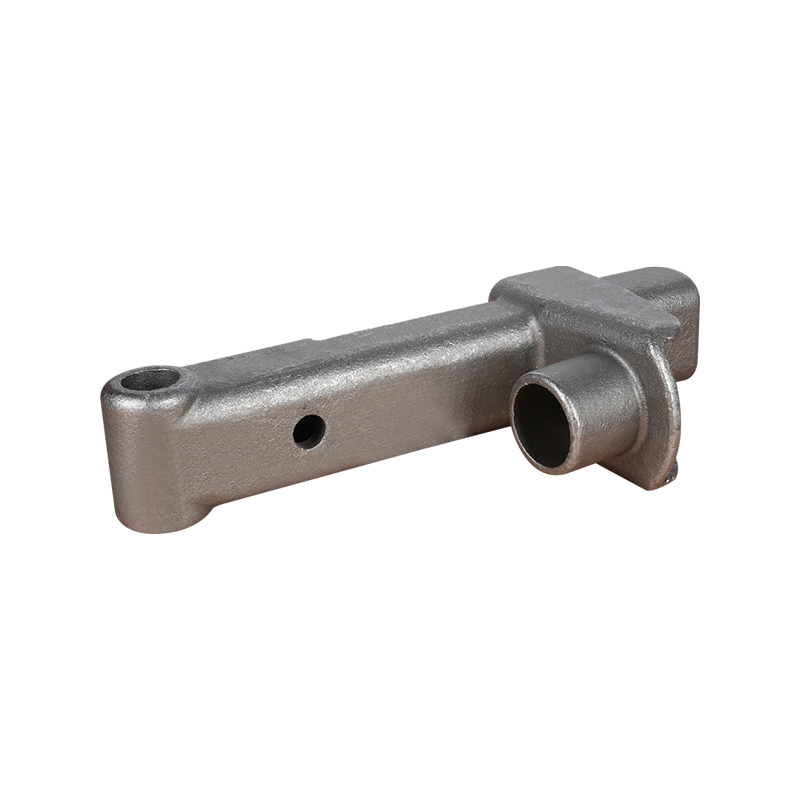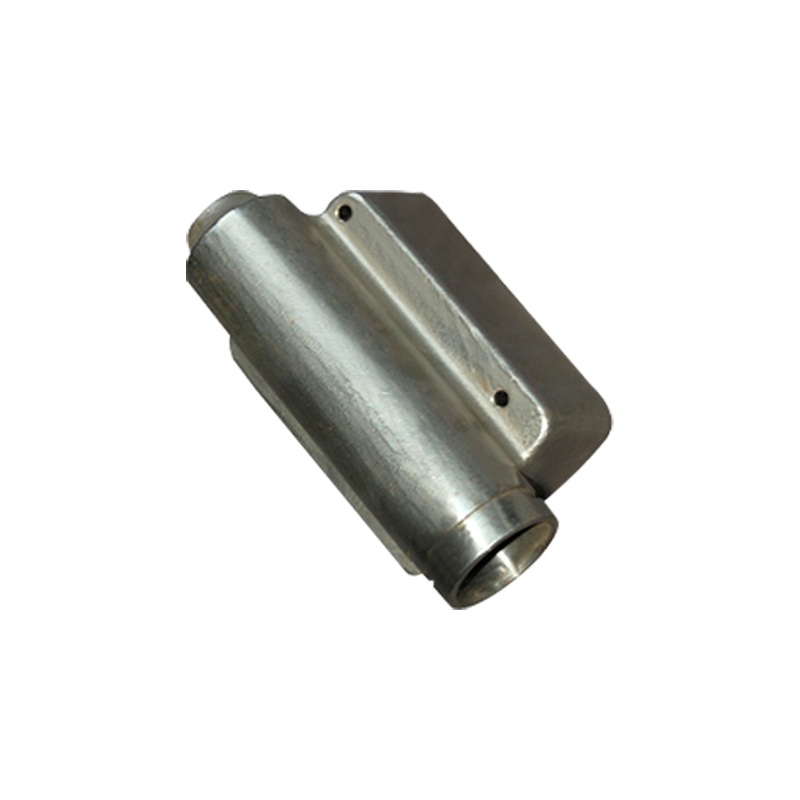Our quality assurance services and processes ensure the reliability of our products and your satisfaction.
1. Enhanced durability and strength
High-strength alloys: Steel castings can use high-strength alloy materials, which usually contain elements such as nickel, molybdenum, and chromium. They can withstand great pressure and impact and are suitable for key components involved in the drilling process, such as drill bits, support structures, gearboxes, etc. These components must be able to cope with the huge forces and impacts generated during drilling without being easily deformed or damaged.
Fatigue resistance: During the drilling process, many components undergo repeated stress cycles. For example, the drill pipe is constantly bending and twisting between the ground and the formation. This repeated stress will accelerate the fatigue failure of the material. However, steel castings have good fatigue resistance, which means that they can withstand long-term use without cracking or breaking, which is crucial to extend the life of the equipment.
2. Corrosion and wear resistance
Corrosion resistance: In harsh environments such as offshore drilling, drilling equipment is often exposed to saltwater marine environments, which can easily cause equipment to rust and corrode. Steel castings can be improved in corrosion resistance by adding alloying elements (such as chromium and nickel) or by coating. For example, stainless steel can effectively resist seawater corrosion, thereby extending the service life of components.
Wear resistance: During the drilling process, drill bits and other rotating parts will produce intense friction with hard rock formations, causing wear. Steel castings can have high wear resistance, especially on components such as drill bits, drill pipes and connectors, through optimized design and the use of wear-resistant materials to increase durability and reduce the frequency of replacement. Steel castings with good wear resistance can ensure that drilling operations are carried out efficiently and avoid downtime caused by excessive wear of components.
3. Improved thermal performance
High temperature resistance: Drilling operations, especially drilling in deep or hot formations, are often accompanied by extremely high temperature changes. For example, during geothermal wells or deepwater drilling, drill tools and related equipment will encounter temperatures of hundreds of degrees Celsius. Steel castings can be designed to have good high temperature tolerance to ensure that they will not deform or fail under extreme temperatures.
Thermal expansion control: Steel casting materials can be specially treated to control their expansion when the temperature changes. During drilling operations, equipment will experience drastic temperature fluctuations when operating at different depths, especially when the drilling fluid temperature and downhole temperature vary greatly. Using optimized steel castings can effectively avoid loose fit or seal failure caused by uneven thermal expansion of components.
4. Customized and complex geometry design
Complex shapes and sizes: A key advantage of steel castings is that complex parts can be manufactured according to specific needs. Traditional forging or other manufacturing processes may not be able to achieve certain fine geometries, while steel castings can be more easily formed and the dimensional accuracy of each component can be ensured during the manufacturing process. For drilling components that require tight fit and high strength resistance, such as drill bits, joints, valves, etc., the complex shapes and precision of steel castings can improve their performance and service life.
Weight reduction: Although steel castings are generally a higher strength material, their design can reduce weight by optimizing the geometry. This is very important for components in drilling operations, especially when there is a need to improve efficiency, reduce energy consumption and transportation burden. Reduced weight not only helps to reduce the burden on the overall equipment, but also helps to reduce energy consumption and improve operational efficiency.

5. Cost-effectiveness and long life
Longer service life: The durability and strength of steel castings allow key components of drilling equipment to work for long periods of time in extreme environments, reducing the need for frequent part replacement. For example, the long life of components such as drill bits, valves, and pumps can reduce maintenance and replacement costs, thereby improving the economic benefits of the entire drilling project. In difficult working environments, reducing equipment failures and downtime is critical to cost control.
Material efficiency: Compared with other materials, steel castings have a higher material utilization rate during the manufacturing process, which can reduce waste. This can effectively control the total cost for large drilling projects and meet the demand for high-quality components in harsh environments. Design optimization in the casting process allows for more refined material use of components, thereby improving overall economy.
6. Improved safety
Structural integrity: In extreme environments, any failure of drilling equipment can have catastrophic consequences. For example, accidents such as pressure well explosions and drilling equipment collapses are often related to the breakage or failure of key components. Steel castings can ensure the structural integrity of key components, and can maintain their strength and stability even under extreme pressure or temperature conditions, thereby reducing safety risks and avoiding equipment damage or accidents. Impact resistance: During drilling, the equipment may encounter sudden hard impacts from the rock formation, or impact loads caused by sudden changes in pressure. Steel castings have strong impact resistance and can effectively absorb these impact forces without cracking or breaking. Steel castings not only improve the safety of operations, but also reduce equipment damage caused by unexpected impacts.
7. Convenience of repair and maintenance
Welding and repairability: Steel castings have good welding performance and repairability, especially for minor damage or wear problems that may occur after long-term use of drilling equipment. When damaged, steel castings can usually be repaired by welding or other repair methods without complete replacement. This is very important for drilling operations, offshore or remote areas far away from maintenance bases.
Reduce downtime: When equipment is damaged, equipment using steel castings can usually be repaired more quickly, reducing downtime. Through a reasonable maintenance plan and the repair ability of steel castings, drilling operations can quickly resume normal operation and reduce economic losses caused by failures.
 Language
Language
 FT CASTING
FT CASTING















